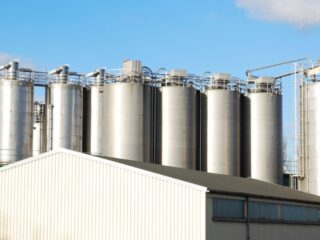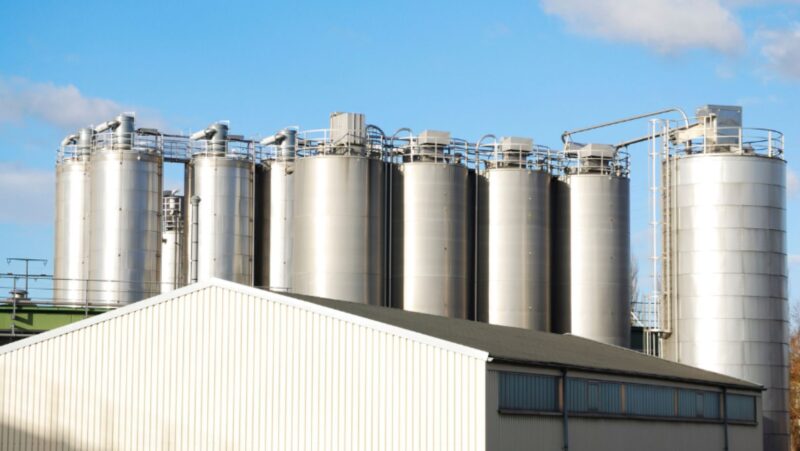
Site safety is of paramount importance in any construction or industrial environment. It goes beyond mere compliance with legal requirements; it is about fostering a culture of vigilance, awareness, and continuous improvement that prioritizes the well-being of everyone involved. Inadequate safety measures can lead to accidents, injuries, and, in severe cases, fatalities, which not only affect the individuals and their families but also have significant implications for the responsible organizations. This section of the document will delve into essential guidelines that must be adhered to in order to ensure a safe working environment. From personal protective equipment (PPE) and regular equipment inspections to safety training and emergency preparedness, these guidelines form the bedrock of a robust safety protocol that safeguards the health and safety of workers, protects the environment, and secures company assets and reputation.
Conducting Risk Assessments
Before any tool is lifted, it is crucial to conduct a comprehensive risk assessment to ensure the safety of all workers. This preliminary step involves identifying potential hazards, such as electrical risks, fall dangers, or threats from operational machinery. By recognizing these risks, appropriate measures can be implemented to mitigate them effectively, thereby creating a safer working environment for everyone involved. Taking the time to prioritize safety through thorough risk assessment sets the foundation for a successful and accident-free work environment.
Providing Proper Training
Proper training goes beyond just enhancing skill levels; it plays a crucial role in cultivating a culture of safety. It is essential for every individual on-site to be well-informed about the best practices, safety regulations, and emergency procedures in order to maintain a secure working environment. Regular training sessions not only ensure that knowledge is up to date but also help develop a mindset where compliance with safety measures becomes second nature. By investing in comprehensive and ongoing training programs, organizations can foster a safety-conscious culture that prioritizes the well-being and protection of everyone involved.
Maintaining a Clean and Organized Work Environment
A cluttered and disorganized construction site can create a breeding ground for chaos, leading to potential accidents and hazards. It is crucial to maintain a clean and meticulously organized workspace, free from unnecessary obstructions and risks.

By properly storing tools and materials in designated areas, you not only enhance safety but also promote efficiency in the construction process. Clear and unobstructed walkways play a vital role in preventing trips, falls, and other potential mishaps, ensuring the well-being of workers and visitors alike. Additionally, implementing regular inspections and maintenance routines further contributes to a safer environment, as any potential issues can be identified and resolved promptly. By prioritizing cleanliness and organization, you create a safer and more efficient construction site that fosters collaboration and productivity among those involved in the project.
Implementing Safety Measures
Ensuring the integrity of the worksite perimeter is another key aspect of maintaining site safety. One safety measure worth mentioning is Edge Protection – a vital precautionary measure that prevents workers from falling off edges or into excavations. Installing guardrails, toe-boards, and/or barriers around the perimeter of the worksite is crucial to preventing falls from height. Additionally, implementing measures such as fall arrest systems and personal protective equipment (PPE), like harnesses and helmets, further enhance safety by providing an additional layer of protection for workers. It is essential to regularly inspect and maintain these safety measures, ensuring their proper functioning and effectiveness in preventing potential accidents.
Implementing Safety Procedures for Equipment and Machinery
Machinery and equipment account for a significant number of on-site injuries, posing a potential threat to the safety of workers. To mitigate these risks, it is crucial to establish rigorous safety procedures that encompass comprehensive training for all personnel involved. Regular maintenance protocols should be implemented to ensure that the machinery is in optimal working condition, reducing the likelihood of malfunctions or accidents. Furthermore, strict adherence to safety guidelines and only allowing qualified personnel to operate the machinery can further enhance workplace safety and minimize the occurrence of injuries. By prioritizing safety measures, organizations can create a secure and protected environment for their employees, promoting productivity and well-being.
Establishing Communication and Emergency Response Plans
Efficient communication on-site plays a crucial role in preventing accidents and ensuring the safety of all personnel.

Clear and easily understandable signage helps to guide everyone in the right direction, while walkie-talkies provide a reliable means of instant communication, especially in noisy or large work environments. Additionally, hand signals serve as effective tools for conveying messages in situations where verbal communication may be difficult.
In the case of an emergency, having a well-defined response plan is paramount. This plan should outline the necessary steps to be taken, including evacuation procedures and emergency contact information. Furthermore, it is vital to ensure that all staff members are thoroughly familiar with the response plan through regular training and drills. This level of preparedness can truly make the difference between life and death in critical situations.
As we conclude this comprehensive guide to on-site safety, it’s imperative to understand that the true strength of safety protocols lies not merely in the establishment of rules and practices but in the steadfast commitment of each individual to uphold these standards. Safety is a collective responsibility where every team member, from the upper echelons of management to those in the field, plays a significant role in creating an environment that is proactively protective and preventatively secure.
To maintain the highest level of site safety, continuous efforts are needed to foster a culture where safety becomes an intrinsic value, not just a compliance requirement. It is essential to remember that investing in safety measures is investing in the most valuable assets of any organization: its people. By embedding safety into the very fabric of operational habits, we ensure that every person returns home in the same condition they arrived, day after day.
Organizations must embrace the notion that an ounce of prevention is worth more than a pound of cure; thus, risk assessments, training, cleanliness, machinery safety, and effective communication must be seen as integral aspects of daily operations. The guidelines presented are more than mere suggestions; they must be the pulse of all worksite activities.
Let us collectively strive to exceed the norm, to push boundaries not in exemption of safety but in pursuit of excellence that acknowledges the primacy of human life and well-being. In doing so, we can forge a legacy where safety transcends from being a mere concept into a living, breathing facet of our professional endeavors—cultivating workplaces that are not only productive but also pillars of security, assurance, and care.












